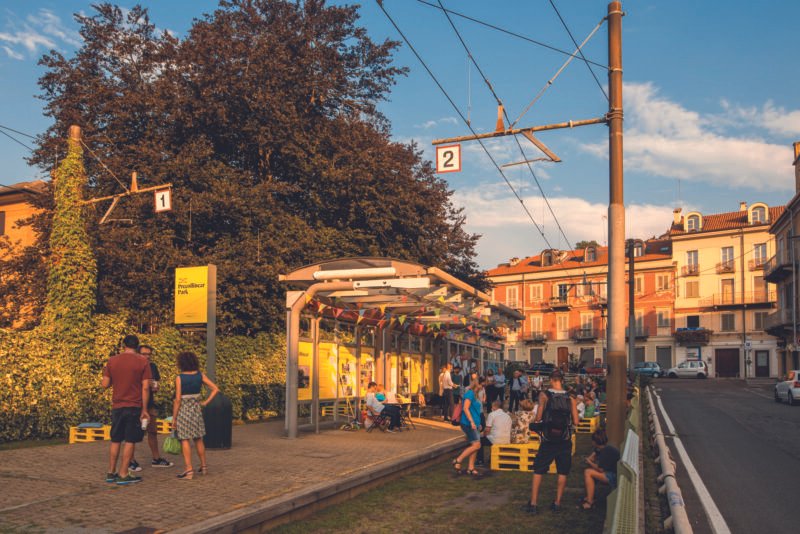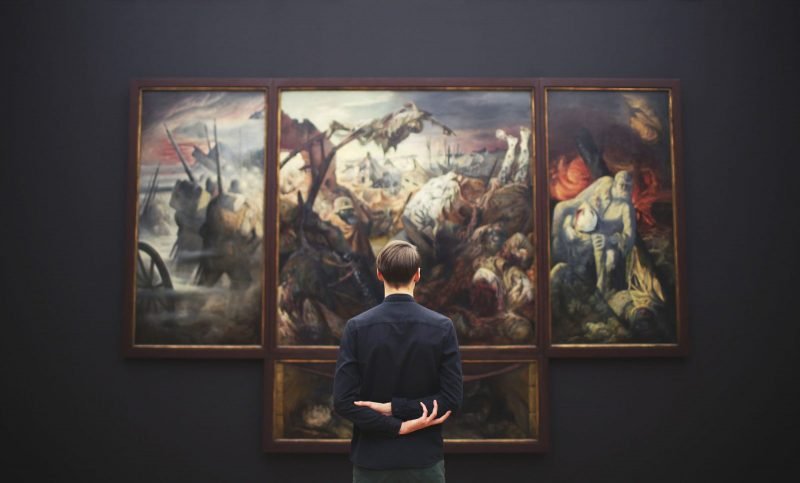Neon Pavilion Shows That Difference Colours Our World
‘The House of Open Gates’ is a homage to cultural diversity, serving to welcome all walks of life to the Steirischer Herbst or ‘festival of new art’ in Graz, Austria. With neon colours and bold patterns, Morag Myerscough and Luke Morgan have created a field of entranceways, developed to reflect the wide range of cultures, ethnicities and races the area is known for. It’s is a warm celebration of the ability of art to bring people together.
The striking display of patterns and symbols were developed to give over 100 Graz locals a sense of ownership that transcends any differences. They developed a common design language that, by referencing no particular element of tradition, succeeds in branding the area as a space inclusive for all. It is a metaphor for an integrated community, and also serves as an ‘Arrival Zone’ to those visiting the festival, giving insight to the multicultural roots of the area as a tourist.



The installation itself is created from scaffolding, ply shapes, paint and neon plastic ribbon. The bright and playful structure occupies the site normally identified as the ‘Volksgarten Pavilion’. It starts at Orpheum, this year’s temporary site for Club Panamur, extending right into the Volksgarten where Julian Hetzel’s “Schuldfabrik” installation awaits. It acts as a visual beacon for festival meeting and gathering spaces, inviting participation from visitors and locals alike. The cafe/event space within serves to facilitate verbal, non-verbal, artistic and/or cultural exchange; everyone knows that a cup of tea can do wonders to break barriers between strangers.


The artists have long been occupied with the idea of inclusive design, with Myerscough explaining that he was ‘born and bred in Holloway, London… and very proud of being brought up in an integrated society. Understanding how a sense of belonging can be achieved through our work has been an ongoing project for many years now.’ Her quirky aesthetic is also one that has captured our attention here at Pop-Up City once before. Who can resist such a masterful urban composition of colour and shape?



In a world so pre-occupied with racial and cultural divide, projects such as this are a shining light of hope. Through the language of art and creativity, the project highlights that our commonality is actually in our difference; no two people are the same. This entirely new design vernacular serves to unite in an irreverent and purposefully naive manner. Such an approach to community activation is refreshing, and in celebrating collective difference, they highlight just how much colour ‘difference’ actually brings into to our lives.



